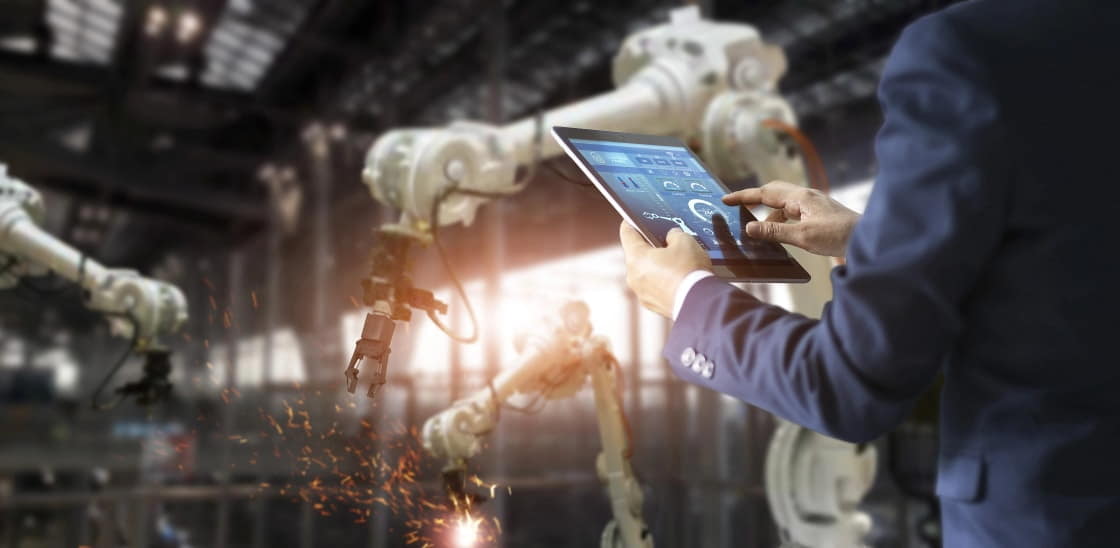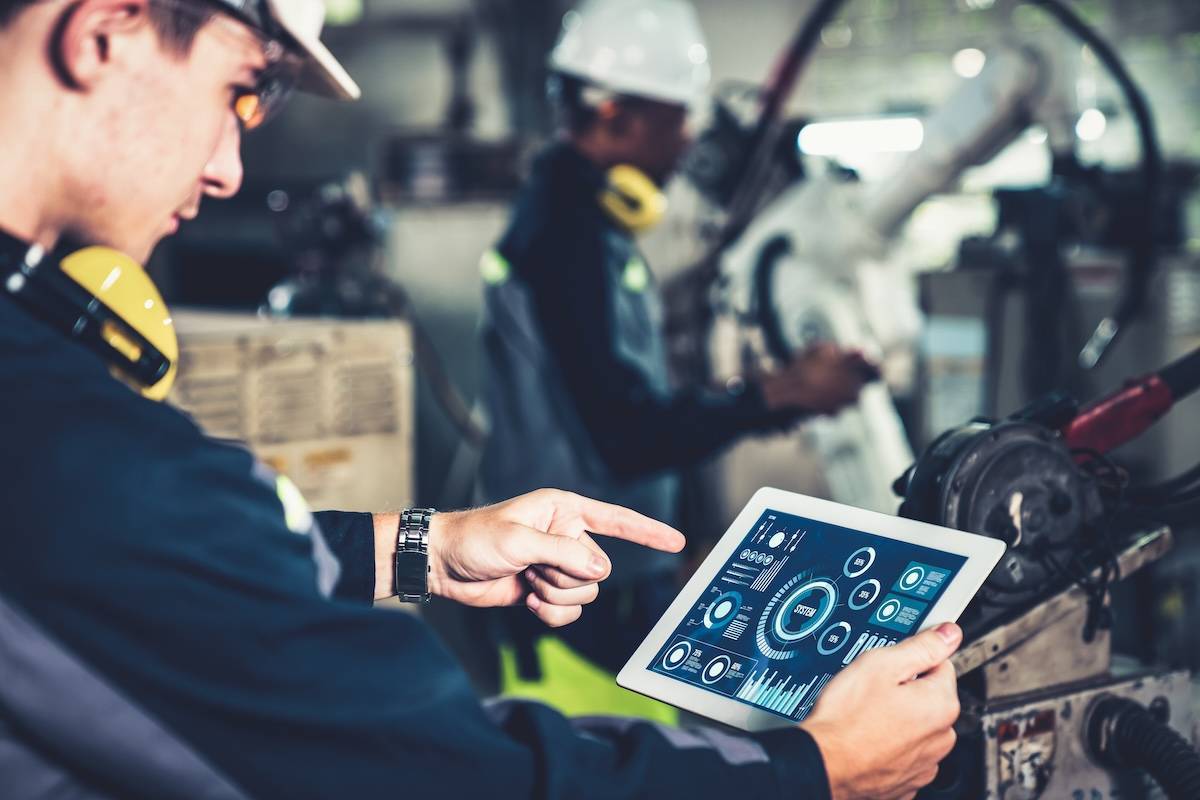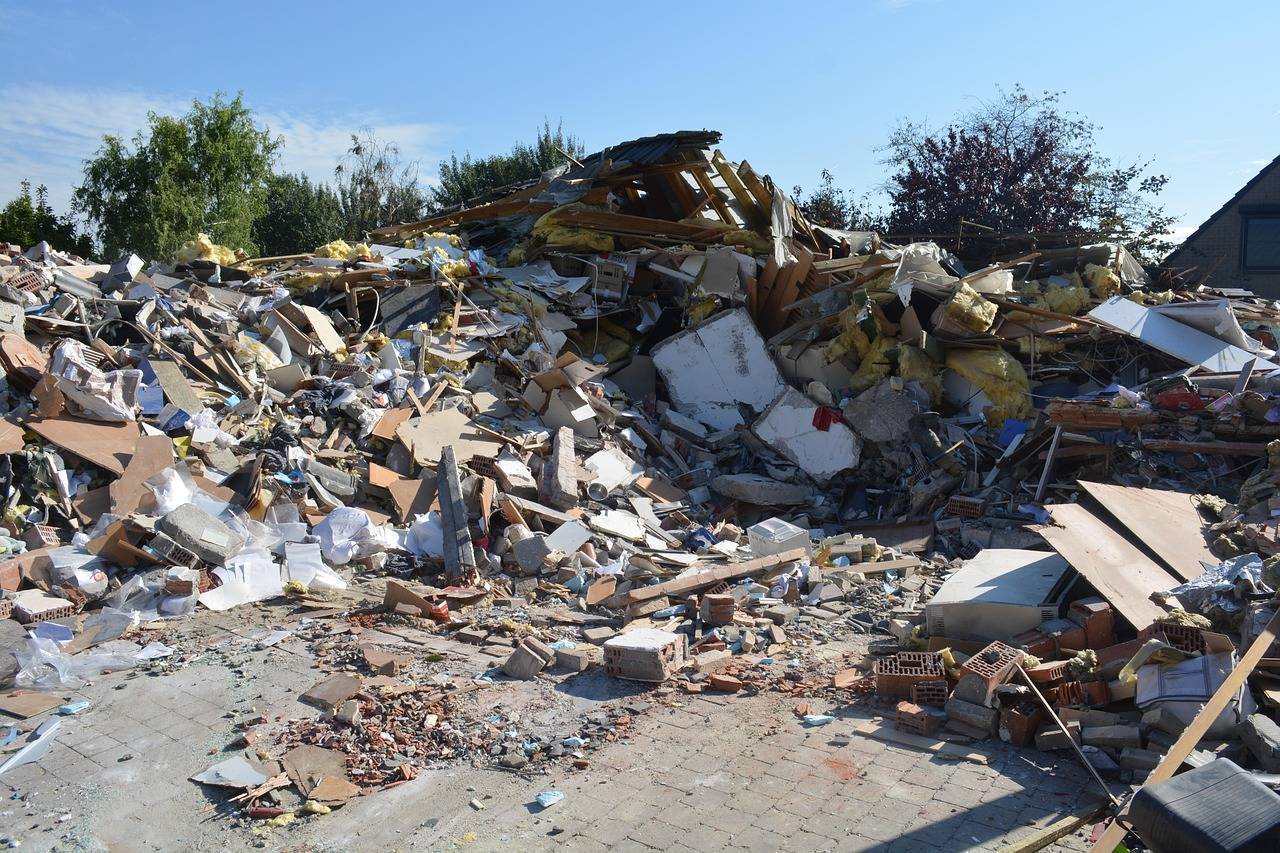Commercial buildings, whether office complexes, retail malls, hospitals, or educational institutions, house critical infrastructure and systems. These include HVAC (Heating, Ventilation, and Air Conditioning), lighting, elevators, fire safety systems, plumbing, and energy distribution networks. Maintaining these assets is not merely a matter of convenience; it directly affects operational uptime, energy use, tenant satisfaction, and lifecycle costs. Traditionally, maintenance practices have followed either a reactive model (fix after failure) or a preventive model (fix on schedule). Both methods carry inherent inefficiencies.
The integration of Internet of Things (IoT) technology has brought a new approach: predictive maintenance. This model uses sensor-based data and analytics to predict and prevent failures before they occur. This article explores the adoption of IoT-based predictive maintenance in commercial buildings, the technologies involved, its impact, and the challenges of implementation.
Traditional Maintenance Practices in Commercial Buildings
1. Reactive Maintenance
Reactive maintenance focuses on repairing systems only after failure. While this minimizes upfront costs, it can lead to unexpected downtimes, damage to equipment, and higher repair expenses. For example, an unexpected HVAC failure during summer can result in tenant complaints and higher energy bills due to temporary cooling solutions.
2. Preventive Maintenance
Preventive maintenance schedules servicing based on time intervals, such as monthly or quarterly inspections. While this reduces the frequency of unexpected failures, it still lacks data-based decision-making. Equipment may be serviced when not necessary or too late to avoid degradation.
The Concept of IoT-Based Predictive Maintenance
IoT-based predictive maintenance relies on real-time data collected from sensors embedded in building systems. These sensors monitor key performance parameters—temperature, vibration, pressure, current, noise levels, and humidity—feeding data into cloud-based or edge analytics platforms. Algorithms then analyze this data to identify trends, anomalies, and early signs of failure.
Unlike preventive maintenance, this model targets actual condition-based intervention. Maintenance activities are triggered by data insights rather than fixed schedules.
Core Technologies Enabling Predictive Maintenance
1. IoT Sensors and Edge Devices
IoT devices installed on HVAC units, pumps, lighting systems, and elevators continuously collect performance data. Edge devices may process this data locally for quick alerts and send it to cloud platforms for deeper analysis.
2. Cloud Platforms and Data Storage
The volume of data generated by commercial buildings can be significant. Cloud platforms offer scalable storage and computing power for analyzing this data across multiple assets and locations.
3. Machine Learning and Analytics
Machine learning models are trained to detect anomalies by analyzing historical and real-time data. For example, if a motor exhibits increasing vibration amplitude and temperature deviation from baseline data, the system can flag it for inspection.
4. Building Management Systems (BMS) Integration
Predictive maintenance systems integrate with existing BMS platforms to offer centralized control and monitoring. This integration ensures that data from IoT sensors is not siloed but utilized across energy, operations, and safety systems.
Implementation Process in Commercial Buildings
Step 1: Asset Inventory and Prioritization
The process begins with identifying critical equipment and infrastructure components whose failure would result in high costs or disruptions. Typically, HVAC systems, elevators, and backup power units are high-priority assets.
Step 2: Sensor Deployment
Sensors are installed on identified assets. Wireless sensors are often preferred due to ease of deployment in operational buildings. Data points typically include motor current, temperature, vibration, oil quality, and air pressure.
Step 3: Data Pipeline Setup
Data is routed through gateways to cloud or edge systems. Depending on bandwidth and latency constraints, edge computing is used for real-time alerts, while cloud platforms manage long-term analytics.
Step 4: Model Training and Baseline Setting
Historical performance data is used to train machine learning models. If such data is not available, initial months of operation are used to establish normal operating baselines.
Step 5: Integration with Maintenance Systems
The predictive analytics platform is integrated with the Computerized Maintenance Management System (CMMS). This ensures that alerts can directly generate work orders and schedule technicians.
Benefits of IoT-Based Predictive Maintenance
1. Reduced Downtime
By identifying issues before failure, unplanned downtime is minimized. Building occupants face fewer service interruptions, and operations continue without disruption.
2. Optimized Maintenance Schedules
Resources are allocated more efficiently. Technicians are deployed only when necessary, and spare parts inventory is optimized.
3. Prolonged Equipment Lifespan
Early detection of wear or imbalance prevents cascading damage. This extends asset life and delays capital expenditure on replacements.
4. Energy Efficiency
Predictive maintenance can identify conditions such as clogged filters, faulty dampers, or inefficient motor performance that result in higher energy use. Corrections reduce consumption.
5. Centralized Monitoring Across Locations
For real estate owners managing multiple buildings, centralized dashboards allow monitoring of equipment health across geographies, improving visibility and consistency in maintenance practices.

Applications of IoT-Based Predictive Maintenance in Commercial Buildings
1. Air Handling Units (AHUs)
Sensors monitor airflow, fan vibration, motor current, and filter condition. Predictive maintenance helps detect early signs of belt wear, bearing failure, or clogged filters, ensuring continuous air circulation and indoor air quality.
2. Chillers and Cooling Systems
Data from temperature sensors, pressure transducers, and flow meters is used to predict compressor issues, refrigerant leaks, or fouling in heat exchangers. Early detection reduces energy consumption and avoids system shutdowns.
3. Elevator and Escalator Systems
Vibration and current sensors track mechanical movements and motor health. Predictive models identify irregularities in lift doors, guide rails, or pulley systems before failures occur, ensuring safe and continuous vertical transport.
4. Building Lighting Systems
Smart lighting systems detect ballast failures, abnormal current consumption, or voltage drops. Predictive alerts are generated when performance metrics deviate from baseline behavior, improving uptime and reducing maintenance rounds.
5. Pumps and Motors
Used for water supply, sewage, and HVAC systems, pumps and motors are monitored for vibration, pressure, and current. Predictive maintenance minimizes the risk of breakdowns and water service interruptions.
6. Uninterruptible Power Supply (UPS) and Generators
Battery voltage, internal temperature, and charge-discharge cycles are monitored to ensure backup power availability. Predictive alerts prevent system failure during critical power loss scenarios.
7. Fire Protection and Life Safety Systems
IoT sensors monitor pressure in fire sprinkler lines, battery levels in alarms, and motor currents in fire pumps. Predictive alerts ensure readiness without relying solely on manual inspection.
8. Energy Management Systems
Power analyzers and meters track usage patterns, voltage stability, and harmonic distortion. Predictive maintenance ensures transformers, distribution panels, and switchgear remain operational and efficient.
9. Washroom Utilities
Automated plumbing systems—such as sensor taps, flush systems, and dispensers—are monitored for flow rate, usage cycles, and component response times. This reduces maintenance complaints and ensures hygiene standards.
10. Facade Cleaning Systems and BMUs (Building Maintenance Units)
Used in high-rise buildings, these systems are monitored for hydraulic system performance, motor operation, and wear levels. Predictive models prevent unexpected breakdowns of these critical systems.
Key IoT-Based Predictive Maintenance Solution Providers in India
Several companies in India offer IoT-based predictive maintenance solutions tailored for commercial buildings.
- AlphaCore Technologies – Offers IoT-based predictive maintenance with edge devices and analytics for commercial infrastructure.
- SIOTA Technologies – Provides remote IoT solutions for asset automation and energy management in buildings.
- Zenatix Solutions – Delivers IoT platforms for real-time energy monitoring and predictive maintenance across commercial setups.
- SwitchOn – Uses AI and IoT sensors for predictive maintenance of industrial and building equipment.
- Thingstel – Offers IoT-enabled asset tracking and predictive insights for equipment performance in commercial spaces.
- Opsio – Specializes in predictive maintenance using IoT sensors and analytics for equipment reliability.
- Aastro Tech – Provides IoT solutions for smart building management, focusing on energy use and maintenance.
- Altizon – Offers the Datonis platform for predictive maintenance and asset monitoring using industrial IoT.
- Enlite Research – Focuses on IoT-powered energy monitoring and predictive maintenance for commercial facilities.
- Entrib Technologies – Delivers real-time IoT monitoring and control systems for energy and maintenance optimization.
Challenges and Considerations
1. High Initial Costs
Installing sensors, establishing data infrastructure, and subscribing to analytics platforms involve upfront investment. For older buildings, retrofitting may increase costs further.
2. Data Management Complexity
Large volumes of data from hundreds of sensors require structured storage, processing, and retrieval. Without proper data governance, insights can be delayed or misinterpreted.
3. Skill Gap
Maintenance personnel need training to interpret data dashboards and act on alerts. This may require hiring or upskilling of facility staff.
4. Integration with Existing Systems
Many buildings use legacy Building Management Systems or fragmented maintenance tools. Integrating predictive maintenance platforms requires technical expertise and vendor coordination.
5. Cybersecurity Risks
Connected devices introduce vulnerabilities. Unauthorized access to IoT sensors or data platforms can lead to manipulation or disruption. Strong cybersecurity protocols are essential.
Market Adoption Trends
The adoption of IoT-based predictive maintenance in commercial buildings is gaining momentum, particularly in urban centers with large commercial real estate portfolios. Building owners and facility managers are increasingly focusing on total cost of ownership (TCO) rather than just capital costs. This shift is driven by:
- Rising energy costs
- Pressure to improve operational efficiency
- Green building certifications
- Insurance incentives for risk-reduction technologies
Government policies and ESG (Environmental, Social, and Governance) frameworks are also influencing adoption. For instance, energy benchmarking requirements in some cities incentivize investment in systems that reduce wastage and ensure reliable equipment performance.
Startups and technology vendors are offering subscription-based models, allowing building owners to adopt predictive maintenance without large capital expenditure. Some Facility Management (FM) companies have begun bundling these services into their long-term contracts.
Future Outlook
The next phase in predictive maintenance will involve deeper integration with AI-driven diagnostics and automated interventions. Systems may not only predict a failure but initiate corrective actions—such as adjusting HVAC setpoints, ordering parts, or reassigning building loads. Further, Digital Twins—virtual models of physical systems—can simulate the impact of different maintenance strategies.
With the maturing of 5G and edge computing, latency in alerts and diagnostics will reduce further, allowing for near-instant responses. This will make predictive maintenance more scalable, especially in large commercial buildings with hundreds of connected assets.
Conclusion
IoT-based predictive maintenance represents a shift in how commercial buildings manage critical infrastructure. By leveraging real-time data, analytics, and condition-based insights, it addresses the inefficiencies of both reactive and preventive models. While challenges such as cost, integration, and data security exist, the long-term benefits in uptime, energy savings, and lifecycle cost reduction are significant. As commercial buildings continue to digitize, predictive maintenance will likely become a core component of smart building operations, changing the expectations around asset performance and facility reliability.
Images- teksun.com, iiot-world.com, sigmoid.com










.png)